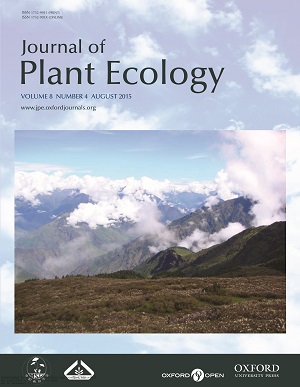Current Issue
-
 Volume 8 Issue 4
Volume 8 Issue 4
The area above treeline in Lauribinayak (28°05’N, 85°22’E) in the Rasuwa district of the Langtang National Park. Alpine shrubs dominated by Rhododendron anthopogan are observed. Below is, the high-elevation subalpine forest dominated by Abies spectabilis. In addition to fir, the forest is composed of Betula utilis D. Don and Rhododendron campanulatum D. Don. The treeline ecotone extends between in this area is approx. 3770-3950 m a.s.l. Photo taken by Dr. Krishna Babu Shrestha.
IF: 3.9
CiteScore: 5.7
CiteScore: 5.7
Editors-in-Chief
Yuanhe Yang
Bernhard Schmid
Yuanhe Yang
Bernhard Schmid
CN 10-1172/Q
ISSN 1752-9921(print)
ISSN 1752-993X(online)
ISSN 1752-9921(print)
ISSN 1752-993X(online)








